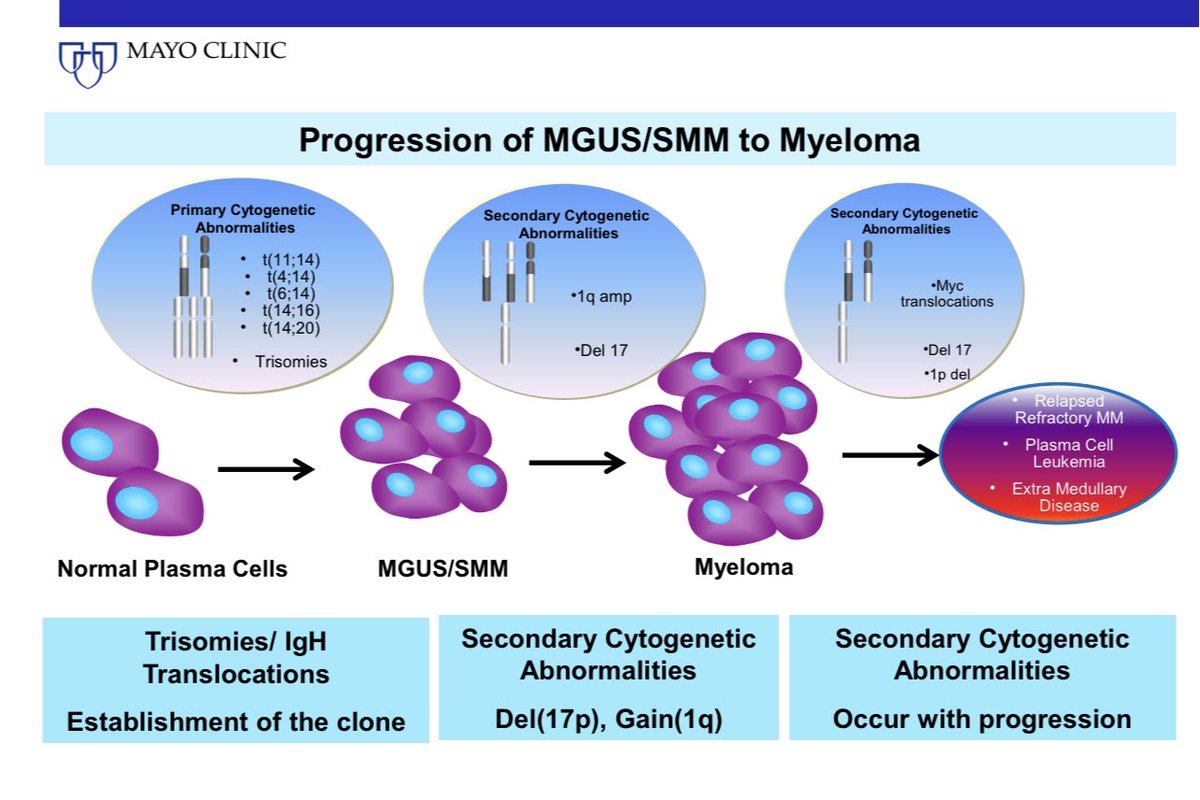
1) Explain this: The life-saving leukemia drug imatinib costs only $480 per year at @costplusdrugs @mcuban
Instead of the $100,000+ retail price. How? Why?
thelancet.com/journals/lanha… #MedTwitter
Instead of the $100,000+ retail price. How? Why?
thelancet.com/journals/lanha… #MedTwitter

2) How is this even possible?
Important article by @DrHKantarjian et al @MDAndersonNews @TheLancetHaem explains the how and why. thelancet.com/journals/lanha… #CostVR
Important article by @DrHKantarjian et al @MDAndersonNews @TheLancetHaem explains the how and why. thelancet.com/journals/lanha… #CostVR
3) Imatinib is a life saving drug for chronic myeloid leukemia. The poster child for successful targeted cancer treatment. It was introduced in 2001 at $32000 per year.
Price rose to >$100,000 by 2012. Lesson 1: Price of old drugs in USA increase markedly for no apparent reason
Price rose to >$100,000 by 2012. Lesson 1: Price of old drugs in USA increase markedly for no apparent reason
4) The price of imatinib reached $120,000 a year by the time the first generic came to the market in 2017.
But the cost stayed high until more than 4 generics came into the market. Lesson 2: We need adequate number of competing generics to have an effect on price @pritikrishtel
But the cost stayed high until more than 4 generics came into the market. Lesson 2: We need adequate number of competing generics to have an effect on price @pritikrishtel
5) But even with multiple generics, the price was still very high.
Look at the huge difference from whole sale acquisition cost to average whole sale price. Massive.
Look at the huge difference from whole sale acquisition cost to average whole sale price. Massive.

6) Lesson 3: The price of a drug is being marked up a lot from when it leaves the manufacturer to when it reaches the patient. The supply chain benefits from a high price.
This is the same story as we have seen with insulin and many other drugs.
This is the same story as we have seen with insulin and many other drugs.
7) @costplusdrugs and other online pharmacies are now able to make the drug available at markedly low prices by cutting out rebates and fees that go to middlemen. I’m very glad about this. Kudos!
Lesson 4: Altruistic private companies can make a big difference.
Lesson 4: Altruistic private companies can make a big difference.
8) @costplusdrugs and some other online pharmacies (like Scriptco) have made it cheaper to buy some drugs with cash than the copay that patients have to shell out with insurance. By negotiating for allow price for the manufacturer, eliminating middlemen, and efficient dispensing
9) @costplusdrugs in particular has had a huge impact in under one year! See my first tweet from earlier this year. They have >1000 drugs at prices lower than almost anywhere else. Particularly helpful for uninsured and underinsured patients.
https://twitter.com/VincentRK/status/1486336721830789128
10) Even insured patients may benefit with lower price.
Doctors and other healthcare providers must learn about these alternatives.
Doctors and other healthcare providers must learn about these alternatives.
11) Another way to approach the pricing problem besides low cost online pharmacies like @costplusdrugs is non profit generic manufacturing.
@CivicaRx has been set up to manufacture drugs at low cost. Im rooting for its success.
@CivicaRx has been set up to manufacture drugs at low cost. Im rooting for its success.
https://twitter.com/vincentrk/status/1499405847134408708
12) For those interested in learning more about why prescription drugs are so expensive and what we can do about it see this thread.
https://twitter.com/VincentRK/status/1526720654464192513
• • •
Missing some Tweet in this thread? You can try to
force a refresh














